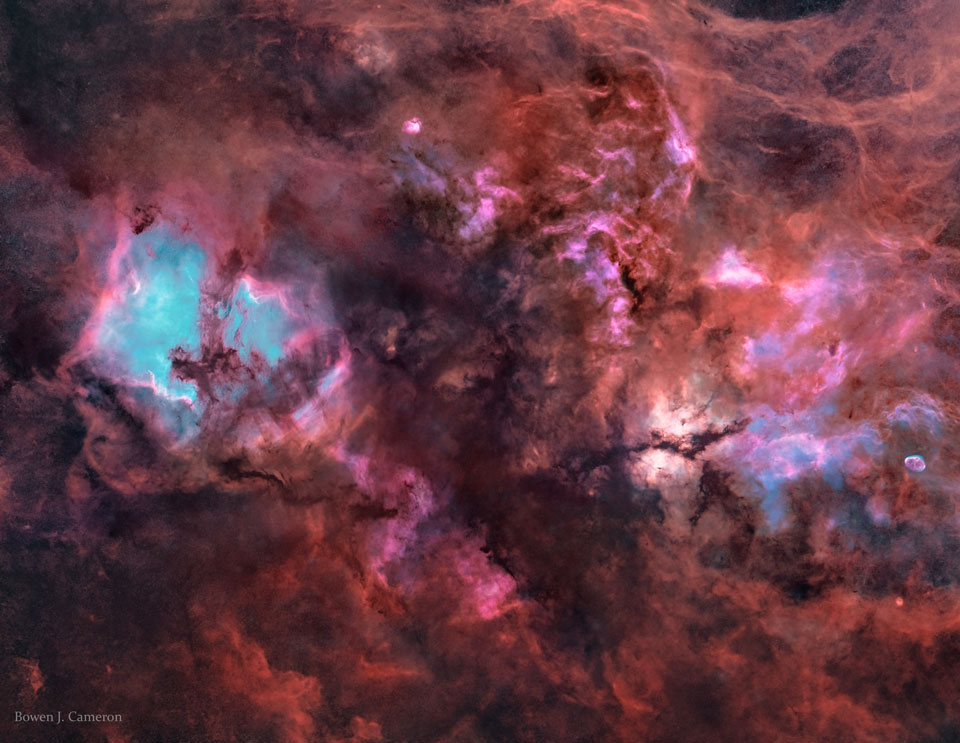天鹅座的皂泡与眉月星云
2023年9月4日 Cygnus: Bubble and Crescent Credit & Copyright: Abdullah Al-Harbi Explanation: As stars die, they create clouds. Two stellar death clouds of gas and dust can be found toward the high-flying constellation of the Swan (Cygnus) as they drift through rich star fields in the plane of our M […]



